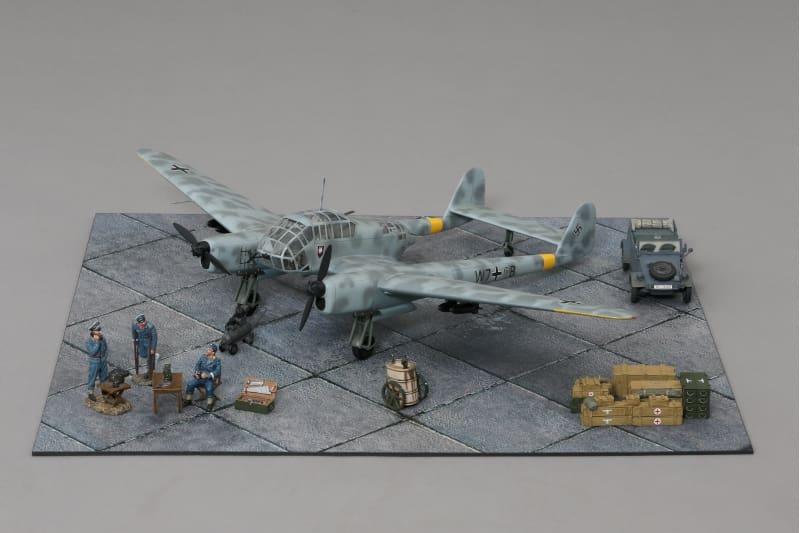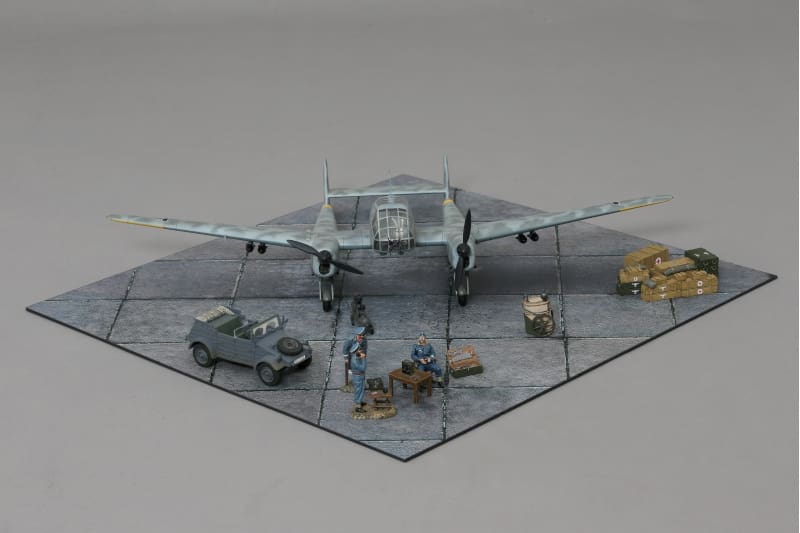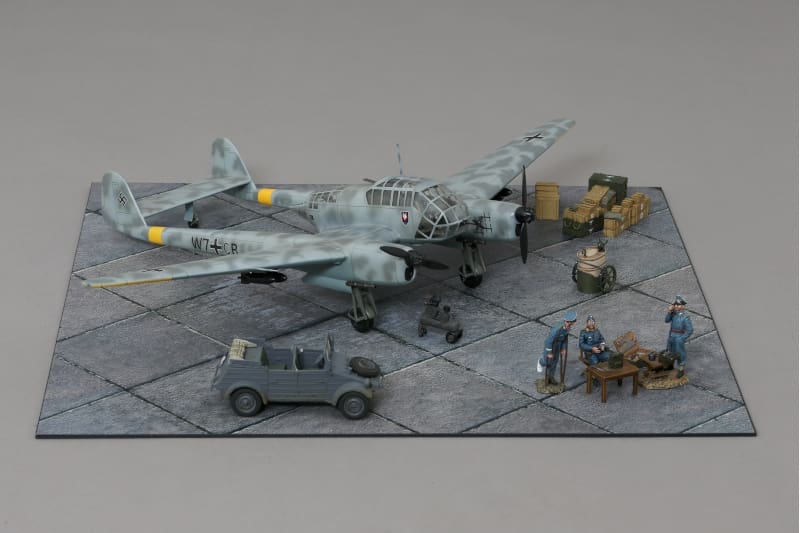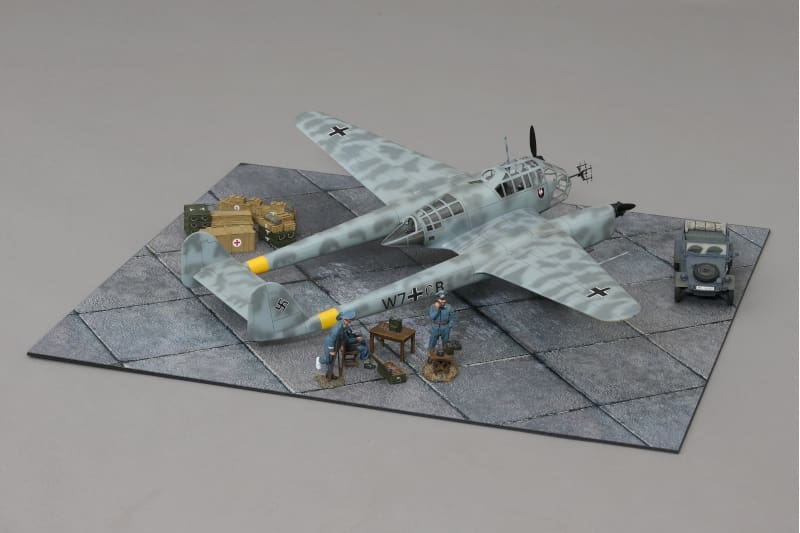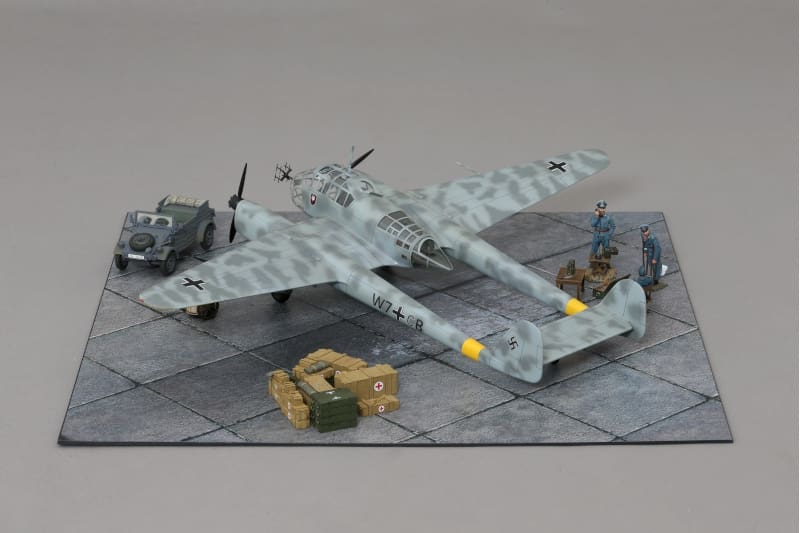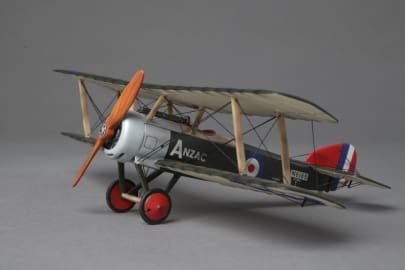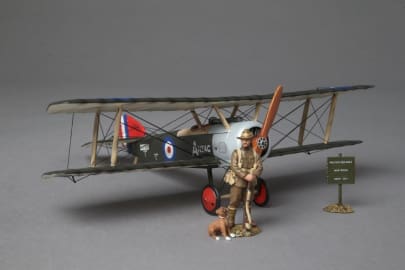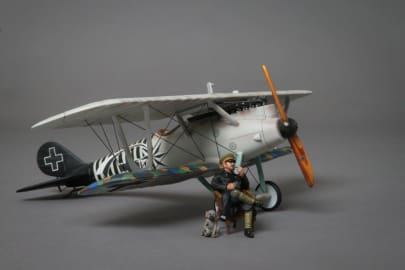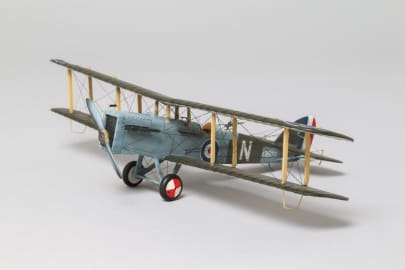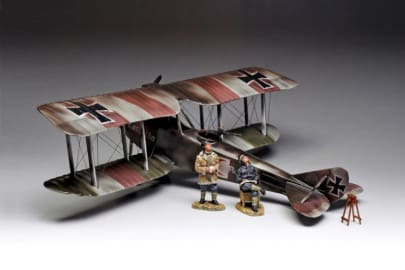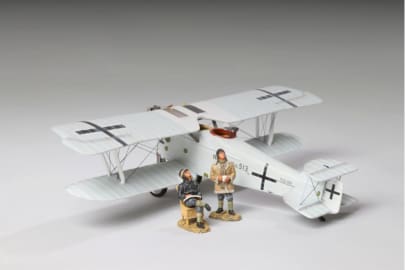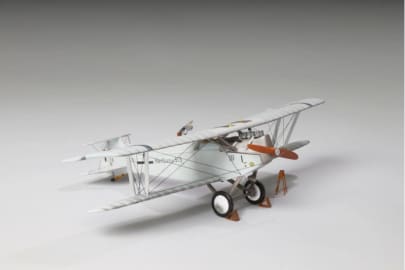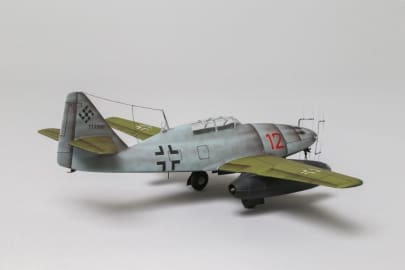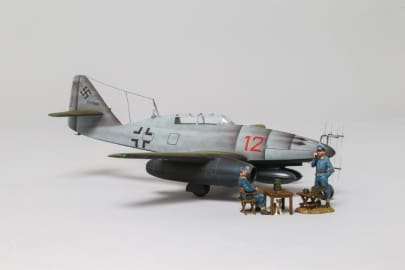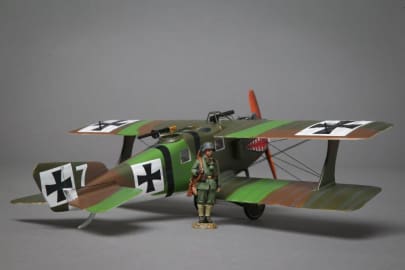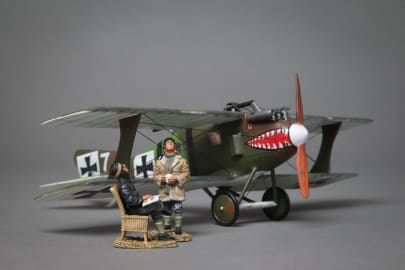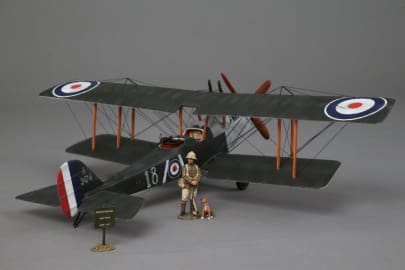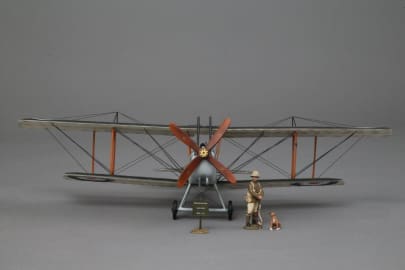- Free shipping available on orders over £100 (UK) £250 (EU) and $300 rest of the world
WOW289 Fw 189 ‘Night Fighter Variant’
£699.00
Out of stock
Description
Description
The Focke-Wulf Fw 189 Uhu (“Eagle Owl”) was a German twin-engine, twin-boom, three-seat tactical reconnaissance and army co-operational aircraft. It first flew in 1938 and entered service in 1940, production ran until mid-1944. In addition, Focke-Wulf used this airframe in response to a tender request by the RLM for a dedicated ground-attack airplane, and later submitted an armoured version for trials.
However, the Henschel Hs 129 was selected instead. In 1937, the German Ministry of Aviation issued a specification for a short-range, three-seat reconnaissance aircraft with a good all round view to support the German army in the field, replacing the Henschel HS 126, which had just entered service. A power of about 850–900 hp (630–670 kW) was specified. The specification was issued to Arado and Focke-Wulf. Arado’s design, the AR 198, which was initially the preferred option, was a relatively conventional single-engined high-wing monoplane with a glazed gondola under the fuselage. Focke-Wulf’s chief designer Kurt Tank’s design, the FW 189, was a twin-boom design, powered by two Argus As 410 engines instead of the expected single engine. As a “twin-boom” design like the earlier Dutch Fokker G.I, the FW 189 used a central crew gondola for its crew accommodation, which for the FW 189 would be designed with a heavily glazed and framed “stepless” cockpit forward section, which used no separate windscreen panels for the pilot (as with many German medium bombers from 1938 onwards).
Blohm & Voss, however, proposed as a private venture something even more radical: chief designer Dr Richard Vogt’s unique asymmetric BV 141. Orders were placed for three prototypes, each of the Arado and Focke-Wulf designs, in April 1937. The FW 189 was produced in large numbers, at the Focke-Wulf factory in Bremen, at the Bordeaux-Merignac aircraft factory (Avions Marcel Bloch’s factory, which became Dassault Aviation after the war) in occupied France, then in the Aero Vodochody aircraft factory in Prague, occupied Czechoslovakia. Total production was 864 aircraft of all variants. Called the Fliegende Auge (“Flying Eye”) of the German Army, the FW 189 was used extensively on the Eastern Front with great success. It was nicknamed “Rama” (“frame” in the Russian, Ukrainian and Polish languages) by Soviet forces, referring to its distinctive tailboom and stabilizer shapes, giving it the characteristic quadrangular appearance. Despite its low speed and fragile looks, the FW 189’s manoeuvrability made it a difficult target for attacking Soviet fighters. When attacked, the FW 189 was often able to out-turn attacking fighters by simply flying in a tight circle into which enemy fighters could not follow.
This variant comes in a 2 tone late war grey night fighter camouflage pattern This was a difficult project to complete due to the complex glass canopy but I am sure you will agree the finished result is well worth the effort.
This 1/32 scale hand carved Mahogany model is limited to 3 pieces worldwide. The figures and vehicles are shown for scale purposes only and are not included.

